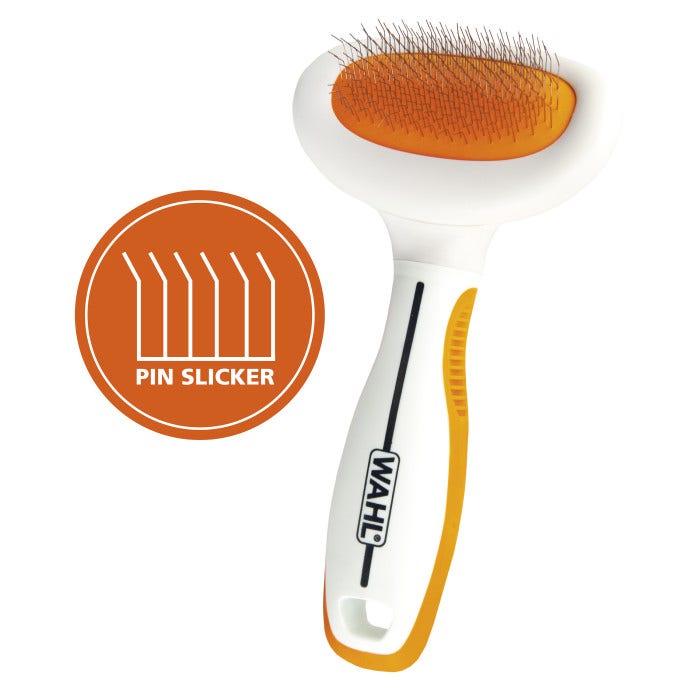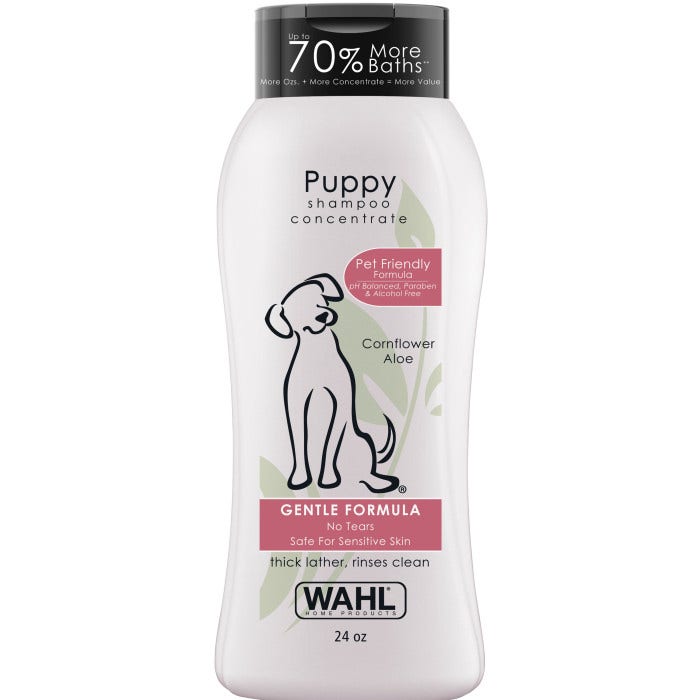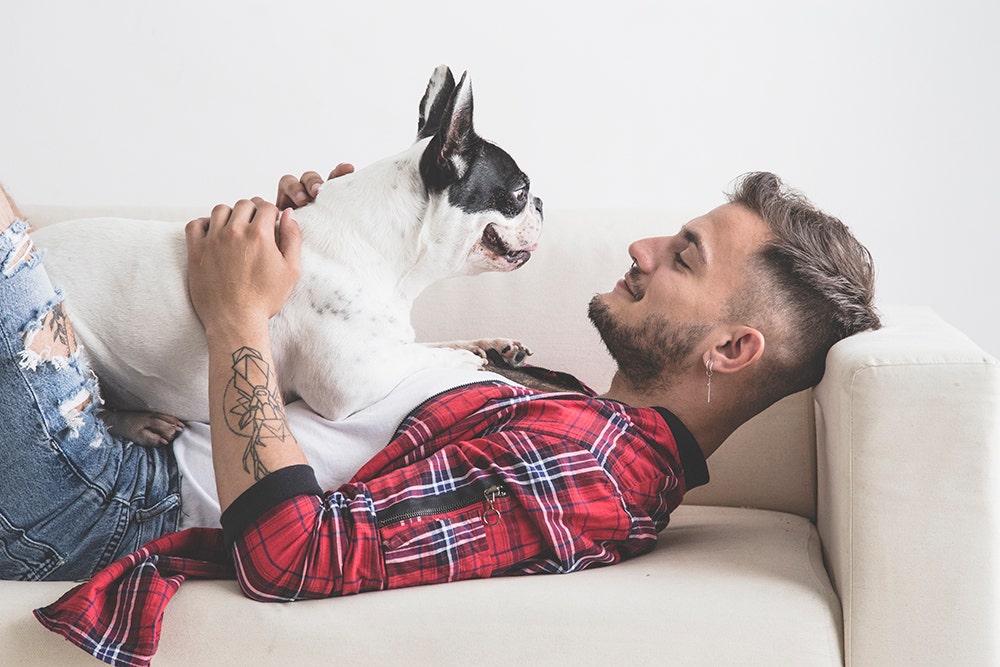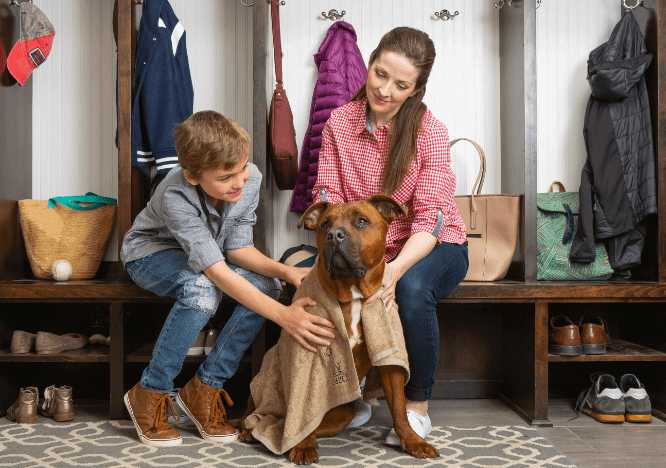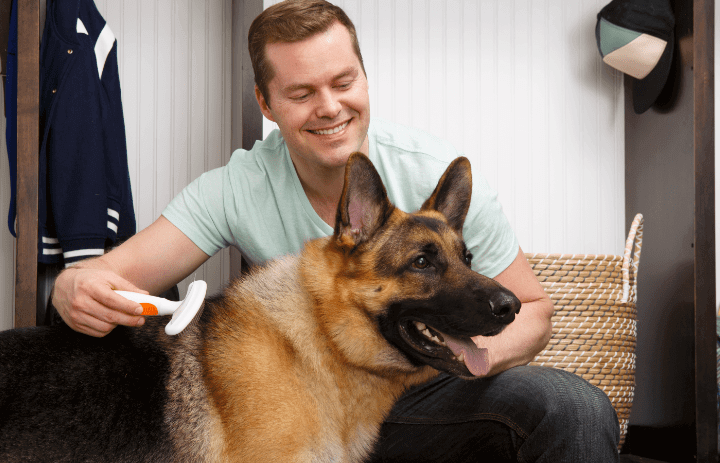How and when to give your puppy a bath
Using proper grooming techniques on a new puppy is the gift that will keep on giving. If you start the appropriate brushing, bathing, trimming and cleaning methods early, it will result in an older dog that is accustomed to the activities and the lessened likelihood of high drama in the future.
When should you give your puppy their first bath? Most veterinarians advise against bathing a puppy until he is six-to-eight weeks old due to the difficulties pups have regulating body temperature. It’s why you often see them shivering, even in seemingly warm temperatures.
When they are ready, however, the smaller size doesn’t necessarily mean they’re going to be easier to bathe. Be prepared for squirming, wiggling and attempts to flee during the first few times because bathing a puppy can be an adventure!
Without further ado, here are the 10 simple steps to bathing your puppy:
Step 1: Get your supplies ready
Who’s ready for bath time? You are if you use this checklist. A sink or a basin may work for the first few puppy baths for most breeds, but it might be wise to use a bathtub right from the start to get them acclimated to this location in the future.
- Pin-Bristle brush
- Puppy shampoo
- Slip-proof mat for tub or basin
- Towel
- Dog toys for the tub
- Wash cloth
- Cup
- Hair dryer
- Cell phone with calming music cued up
- Treats—lots of treats!
Step 2: Create a calm environment
What dog wouldn’t like a spa-like experience for their first bath? While you don’t have to bring your essential oils diffuser and volcanic rocks into the bathroom, some tranquil music, warm temperature and low lighting can help you create a space that feels comforting for your puppy. Oh, and forget the cucumber water. Your dog wants a treat.
Step 3: Brush before bathing
Unless you want excess hair all over your bathtub and down the drain, it’s a good idea to start with a nice brushing. For most puppies, a good pin-bristle brush should do the job. It has two sides—one to help remove loose fur and stimulate the skin and the other side to brush through the hair and distribute natural oils.
Step 4: Give them a warm welcome
Make sure the water is nice and warm, but not too hot. If it’s too hot, this will scare or even harm your puppy and make future bath experiences traumatic. Gently ease your puppy into the tub. It shouldn’t be a fight. Use your dog toys in the tub to make it fun and inviting.
Step 5: Praise as you bathe
Who’s a good boy? Your puppy is, for doing such a good job taking his bath. It’s important to make your pup feel like bath time is a positive thing, and words of encouragement will go a long way towards making them feel safe and secure. Especially when they get their first feel for the warm water all over their body. While we see this as comforting, a puppy can see it as frightening—at first.
Step 6: Apply the right shampoo
Your puppy’s skin is sensitive, so use a pet shampoo specifically formulated for puppies. Wahl’s Puppy Shampoo contains plant-based ingredients cornflower and aloe to gently cleanse and protect your puppy’s delicate skin. It’s also tear-free, rinses easy and has no harsh chemicals.
Step 7: Think gentle massage
When bathing your pup, be gentle. Just remember they will be wiggling around, even trying to escape. But if you’re relaxed, they’ll calm down. Treat it like a nice massage. Apply a small amount of shampoo to your hands and gently work it in from head to tail. Remember the goal is to make this and future baths feel safe and comfortable for them.
Step 8: Avoid their eyes and ears
While some puppy shampoos are gentle on the eyes, it’s best to avoid getting shampoo or water in their eyes and ears altogether. Instead, use a damp wash cloth to gently clean their face and around the ears.
Step 9: Rinse thoroughly
Proper rinsing is one of the most important parts of bathing your puppy. Shampoo that’s left on your pup can cause dry, itchy skin and dandruff. Make sure to run your fingers through their fur as you rinse to make sure you’re getting any excess suds hiding within. And don’t forget their underside, tail, legs and paws.
Step 10: Dry and re-treat
Prepare for the shake! Yes, once that water is turned off, you better have your towel ready because you’re going to need it—for you and your pup. After they spray you with water, it’s time to towel them dry. Once again, be gentle. If they’ve never had a bath before, this will be foreign to them. Calmly wrap the towel around them and massage it around until they’re dry. It’s okay to use a blow dryer if it’s on the lowest heat setting. And then comes the fun part—treats!
Who’s a good boy? You, for all your patience and understanding.
The first couple of attempts at bathing a puppy are likely to be adventure –– so, have some patience because your work will pay off with more serene dog bathing sessions as he grows into an adult dog.
Visit our Pet Grooming resources for additional information and products for grooming, clipping, trimming, and bathing your pet.

 India (English)
India (English)
 Middle East and Africa (English)
Middle East and Africa (English)
 South Africa (English)
South Africa (English)
 Australia (English)
Australia (English)
 Japan (日本語)
Japan (日本語)
 South East Asia (English)
South East Asia (English)
 Singapore (English)
Singapore (English)
 Europe (English)
Europe (English)
 United Kingdom (English)
United Kingdom (English)
 Argentina (Español)
Argentina (Español)
 Brazil (Portuguese)
Brazil (Portuguese)
 Colombia (Español)
Colombia (Español)
 Latin America (Español)
Latin America (Español)
 México (Español)
México (Español)
 Chile (Español)
Chile (Español)
 Peru (Español)
Peru (Español)
 Canada (English)
Canada (English)



